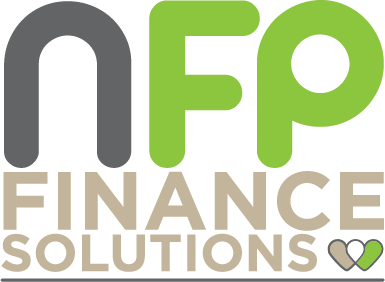In my last post we looked at some of the challenges of communicating financial information clearly within charities, and tackling these challenges using the Who, What, When, Where Why How communications model. Part One also looked in detail at the first three questions – Who, What and When. This time, let’s think about the last three questions, including the most important question of all – Why are we communicating this information in the first place?
Where?
The answer to where stakeholders can access financial information will depend on your charity’s activities and your organisational culture. But it should not just be “on paper, distributed via email”. Establish set channels of communication about finance through your organisation and be consistent in using them. It may take some time to shift your colleagues away from their current mindsets about financial information, and consistency of approach is one of the key ways you will achieve that. Make it easy for everyone to access the information they need. Can you grant read only access to the accounting system? What about including information in your charity’s newsletter or hosting it on the intranet? Face to face presentations can be great in breaking down barriers and encouraging dialogue rather than one-way broadcast communication. And these should not just be for the SMT or the Board. One charity I worked with revolutionised the level of financial literacy within their organisation by introducing 20-minute monthly management account surgeries where anyone could come and get their questions answered. Think about how people communicate in your organisation, choose methods and tools that are already familiar to them, be inventive and get your message across.
Why?
As I said above this is actually the most important question of all, and it should be the first one you ask before setting out on preparing any financial report. Why do we need it? Why are we communicating financial information within and outside our organisations at all? The straightforward answer here is to do with legal requirements and financial stewardship, but I think it is more nuanced than that. We communicate financial information because it increases transparency, builds trust and an open culture, gives people the information they need to do their jobs properly, and increases common understanding of where the charity is and how it can do better for its beneficiaries. That common understanding is vitally important. We have all come across the persistent finance myth, especially at budgeting time or when communicating with donors: “We spend too much on fundraising”, “This programme gets all the new funding”, “My donation just goes to fund high staff salaries”. Building that clear common understanding can be a starting point in helping to dispel these urban myths and allowing your charity to move forward.
How?
And finally, How? How do we as charity finance professionals turn that blizzard of numbers into actual information?
Firstly, understand what motivates your users – is their principal interest your charity’s mission, their legal responsibilities, the performance of their team or maybe something else entirely? Understanding this will influence how you approach setting out what you have to tell them.
Pages of detailed numbers with no explanations are outdated and confusing; make sure you take a user-friendly approach. Tips here include:
- Avoid jargon
- Tell a story – bring your facts and figures to life through real life examples
- Put things in context – why should the reader be interested? What kind of outputs has expenditure supported, for example? What was your expectation for this figure? What was the budget? And is there a benchmark you can also use for comparison? A number means nothing on its own – it needs interpretation to become information
- Use words and graphs instead of numbers where possible
- Use trends rather than point data in isolation
- Use meaningful KPIs rather than absolute figures. And link these back to your strategy and business plan; and
- Use peer comparators if you can get them and they are meaningful.
Answering the How? question really gives you a chance to be innovative and to create something that works well for your charity. Approaches I have seen work well in practice include a 1-page infographic storyboard with a strong visual impact and a laser focus on the key financial KPIs, and online financial dashboards which can communicate a lot in a small space and can be frequently updated. Online dashboards can also allow users to drill down for supplementary information, provide interpretation of trends and allow users to post questions and receive answers online. A great approach for a multi-location charity, perhaps? Ultimately there are as many ways of doing this as there are charities and you need to pick the one that’s right for your organisation, based on the answers to all the other questions we have asked ourselves above.
So, as you can see, asking just six deceptively simple questions can lead to some deep discussions about the purpose and structure of financial reports and communications, and act as a springboard for getting your message across. A couple of final tips – the answers to any of the six questions can change over time as your colleagues and your organisation changes, so make sure you revisit this process regularly to keep your financial reports on point. And if you have asked the six questions, implemented the output and you are still struggling to be understood, then you may need to think about your communication style. Look out for a follow up article from me on that topic shortly.
Have you found this post interesting? Then sign up for my mailing list. I’ll let you know when new posts go up on my blog and may very occasionally communicate about other things I think you might like. I promise your data won’t be used for anything else. You can also get updates on new posts by connecting with me on LinkedIn.
Want to talk more about how to implement the Who, What, When, Where, Why, How model in your charity? Click here to drop me a line and I’ll be in touch.
My Blog

CHARITY FINANCE – UNDERPINNING IMPACT
Part time & interim FD | Consulting | Training | Speaking | Coaching

